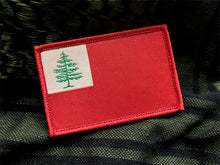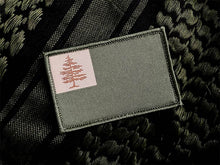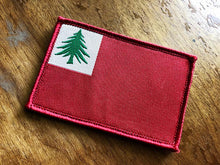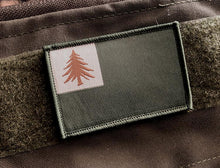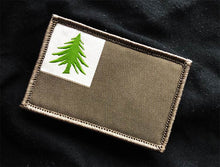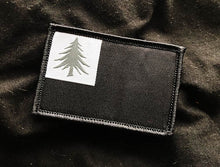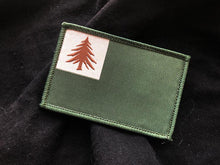The Continental Flag
Texas 144.1
Regular price
$8.00
Sale
** Original black variant is on clearance **
Red. Whether or not British troops wore red as their standard uniform color or not, this is the color that the Americans saw in June of 1775 as they looked over Boston.
Although a declaration of independence was still a year away, the ties that bound Americans to the British Crown were already dissolving after the events of Lexington and Concord just two months earlier. Massachusetts was a hot bed of resentment against the British because of the incursion to take arms and ammunition from them. It grew even hotter when British General Thomas Gage declared martial law on June 12th for all of Massachusetts and insulted the colonists by offering pardons to any who would lay down their arms.
The city of Boston lay under siege by the colonial militias after the retreating British took refuge there in April of 1775. During the next two months, additional colonists and militia joined the siege but were offset by British reinforcements coming to Boston through the harbor. Although the British had control of the harbor, the colonists were making strides to reduce that advantage with cannon retrieved from Fort Ticonderoga which the Green Mountain Boys and Benedict Arnold had successfully taken in May. The British had to control the hills surrounding Boston in order to continue to control the harbor. Active conflict was brewing and things would kick off when the Americans learned of British plans to take the high ground on June 18th.
On June 13th, in response to this expected offensive maneuver by the British, the Americans sent 1,200 troops under the command of William Prescott to Breed’s Hill and Bunker Hill to erect fortifications and stymie British plans. The British responded by deploying 1,500 troops under General William Howe to take the fortifications from the Americans on June 17th and follow through on their strategy to keep Boston under British control.
The Battle of Bunker Hill on June 17th was one of the most deadly of the war, a war that hadn’t yet formally been declared. The casualties on both sides were very high and may have been higher had the Americans not run out of ammunition. Although the British technically took the ground after their third attack, it was a significant symbolic victory for the Americans. Despite being driven out by the British, the colonists had successfully repelled two waves of attacks before retreating and inflicted heavy British casualties. Defying the common expectation that the militias were weak and disorganized, they had rebuffed the greatest army on the planet and proved without a doubt that American resistance to tyranny was real.
The Battle of Bunker Hill was famously commemorated in the painting The Death of General Warren at the Battle of Bunker Hill, 1786 by Jonathan Turnbull. Turnbull, a soldier for the colonists at the battle of Bunker Hill, was a gifted artist. In the image, Turnbull depicts the Americans holding the Continental Flag we know today as they are pursued by the British near the top of a hill. Turnbull’s painting is the main source for the Continental Flag’s design which seems to be a variation of the First Flag of New England, which itself is a variation of the British Red Ensign. The Continental Flag is shown with a sole pine tree in the upper left corner (canton), a very common symbol for the colonists hearkening back several years, amidst the familiar solid red field. Scholars have debated the presence of the Continental Flag at Bunker Hill given inconsistencies in the painting while recognizing that Turnbull was indeed an eyewitness.
Either way, the Continental Flag is a bright reminder of the red colors that were flown, seen, spilt on the ground, and ultimately conquered on June 17th, 1775 as American continued her journey to independence. Add our Continental Flag patch to your collection as a reminder of that journey and the price of freedom.
- 3x2"
- Woven for amazing design clarity
- Hook backing
- 2024 model introduces our updated Pine Tree








